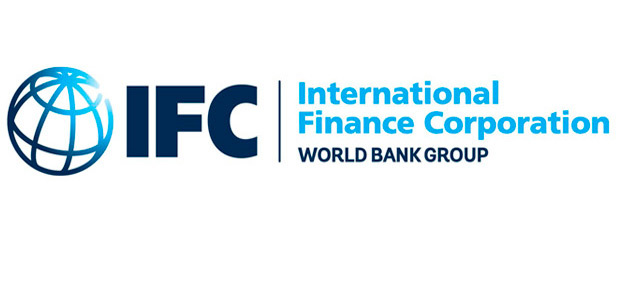
Regulator only first step; grey zones only partially addressed
A closer look suggests it is just the first step…

A closer look suggests it is just the first step…

As the Union Budget 2016-17 draws closer, India’s real estate…

Anshuman Magazine, CMD of CBRE South Asia writes how tax…

IFC, a member of the World Bank Group, is convening a voluntary, collaborative effort with leading Indian housing sector companies to form an industry-led Sustainable Housing Leadership Consortium to drive sustainability in India’s housing market with a particular focus on the affordable housing sector.

Today, the world sees India as a land of opportunity for business and investment. RBI head Raghuram Rajan said in mid-September that while fellow BRICs have deep problems, India appears to be an island of relative calm in an ocean of turmoil.

“How long can a sector survive which is borrowing at 48 per cent from private lenders to serve the interest of previous debt raised at much lower rate,” asks a banker. His concern is not without valid reasons. Developers experimented with all funding options but still many of them are now being forced to seek other sources of funding which not only comes at a significantly higher cost but also where the source of fund is unregulated.

Viewed dispassionately, the current government’s ‘Housing for all by 2022’ promise seems a bit unrealistic at the moment, as the modalities and concrete steps needed to be undertaken to achieve this goal have not been spelled out. Making 2 crore urban houses and 4 crore rural houses available is a huge undertaking in itself, and will require not only sustained government interest and investment but also substantial private sector investment and involvement.

Track2Realty Exclusive: The time of transition for the Indian real estate and construction sector has finally arrived. Since last few years, a number of regulations pertaining to the real estate market were put on hold. A number of them are now at the draft stage waiting for Parliament’s approvals.

Track2Realty: Reams of newsprint have been dedicated to discussing the sufferings of consumers in the Indian real estate sector. Particularly, homebuyers’ woes related to late delivery of projects, deviation of housing projects from promised quality, additional payments due to change in apartment area and inadequate protection of their rights have been well-documented.

Track2Realty: India’s retail market value was estimated at $520 billion in 2013, and is expected to grow to $950 billion by 2018. With a CAGR currently pegged at 13%, the Indian e-commerce market is expected to grow the fastest within the Asia-Pacific Region – with its market size doubling every 2-2.5 years. This certainly gives us reason for deep introspection. While the global growth rate of online shoppers is estimated at 8-10%, India currently has more than 10 million online shoppers.
